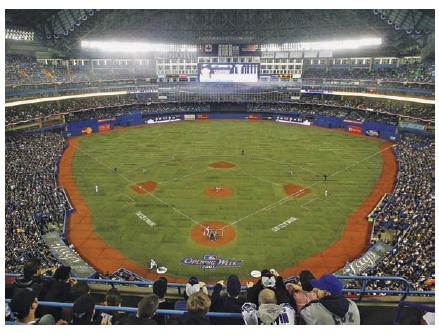1. Research and compare to MLB teams, team results in profitability, and-on-the-field success in the various other...
Question:
1. Research and compare to MLB teams, team results in profitability, and-on-the-field success in the various other professional leagues.
2. What bargaining positions and potential trade-offs would you recommend to the players’ union and the club owners in relation to the salary cap issue?
Collective bargaining in professional sports in the United States began where it had always been at issue: in baseball. Two major bargaining points were at the heart of the first attempt to organize the players: the reserve clause (a contractual clause that bound players for their playing lives to the team that signed them to it) and the prospect of a salary cap imposed on the teams. The Brotherhood of Professional Base Ball Players, the first in a long line of attempts to unionize the players in America’s Pastime, was formed in 1885 mainly to battle the club owners on those two issues. However, the Brotherhood eventually disbanded in failure. Eighty-three years later, in 1968, a nother baseball players’ union negotiated the first collective bargaining agreement (CBA) in U.S. professional sports. It did not eliminate the reserve clause, but did move the minimum salary of players up from $6,000 to $10,000. In 1970, subsequent negotiations between the players’ union and the owners resulted in the CBA being amended to allow the resolution of grievances by arbitration. This finally led to an arbitrator in 1975 declaring that the reserve clause only allowed a club to hold onto a player for one additional year after his basic contract expired. The era of free agency had arrived. Echoing this major victory were unprecedented increases in players’ base salaries, pension funds, and licensing rights and revenues. Drawing on the baseball example, football, basketball, hockey, and other professional sport leagues also unionized and met with similar success with one exception: the salary cap.
Today, only the MLBPA has successfully resisted the demands of the owners to install a salary cap. A salary cap would give teams equal chances of winning a championship trophy. With no salary cap, there is a wide disparity in salaries among the teams. For example, the Florida Marlins in 2006 had a total payroll less than the yearly salary of Alex Rodriguez, the third baseman of the New York Yankees for that season.
The latest players’ union to surrender to such a cap was professional hockey. After a lockout centering on the issue ended play for the entire 2004–2005 season, the NHLPA agreed to an ongoing cap first set at $39 million per team for the 2005–2006 season, and currently set at $50.3 million for the 2007–2008 season. By comparison, the NBA’s salary cap for 2007–2008 is set at almost $56 million and the NFL’s at $109 million for the 2007 season.
Should and can a salary cap be imposed on the MLB clubs when MLB’s current CBA expires in 2011?
Case not litigated yet.

Step by Step Answer:






